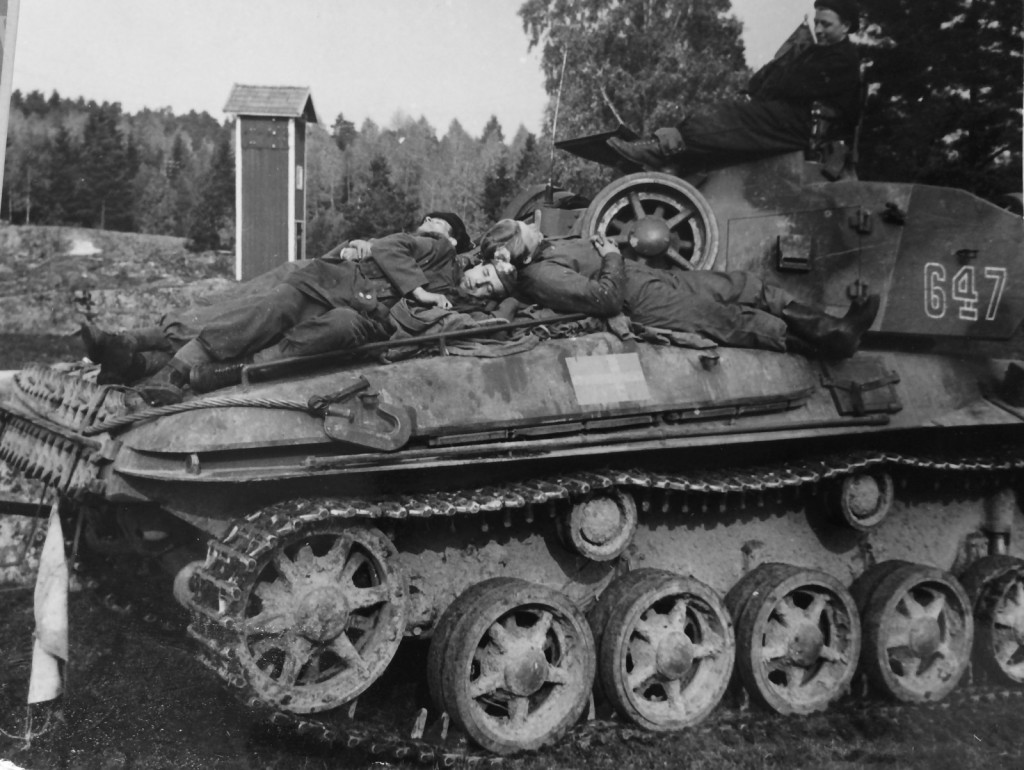Posts Tagged: 1950
Suggestion for a tracked mortar carrier (1950)
In 1950, a lieutenant at I 15, B. Schmidt, suggested to KAFT that in light of recent developments in the field of artillery-hunting radar it might be a good idea to mount the ubiquitous 12 cm Tampella mortar on a tracked chassis, enabling it to “shoot-and-scoot”.
This post features the lieutenant’s letter as well as a KAFT memo suggesting to try the idea out on the “tankette” chassis. As far as I know the idea was tried in reality but the mortar recoil turned out to be too big for the small chassis and the idea was dropped.
Archive reference: SE/KrA/0062/D/01/016:H/F I/19
Discussions regarding AT super-weapons
In 1950 it was becoming alarmingly apparent that current Swedish AT weapons were completely inadequate for fighting foreign top-of-the-line tanks. A series of discussions were thus held at KAFT in order to figure out what kind of “anti-tank super-weapons” the army should be equipped with in the future. Since kinetic weapons were seen as impractically bulky and heavy, HEAT was considered the main alternative despite its downsides (such as difficulties with spaced armor).
Archive reference: SE/KrA/0062/D/01/016:H/F I/19
Light tank development program 1949-1950
In March 1949 the army headquarters described the requirements for future AFV’s in a brief memo sent to KAFT. One of the vehicles called for was an unassuming 20-ton vehicle intended for infantry support, armed with a 75 or 105 mm gun. During 1949 and 1950 this vehicle was occasionally discussed, but left on the back burner in favor of the ongoing “tankette” development program. In August 1950 the army headquarters revisited the project and seems to have noticed certain alarming developments abroad; more specifically, tanks were rapidly becoming much bigger and heavier and with much greater protection.
As far as I know this project never led anywhere except to trials of the AMX-13, but it still gives some insight on what the army headquarters were thinking about tanks at the time. The sudden realization in late 1950 that foreign developments were just about immune to current Swedish tanks probably contributed to getting the EMIL project going the following year.
The documents are ordered chronologically.
Archive references: SE/KrA/0062/D/01/016:H/F I/16, SE/KrA/0062/D/01/016:H/F I/17 and SE/KrA/0062/D/01/016:H/F I/19

